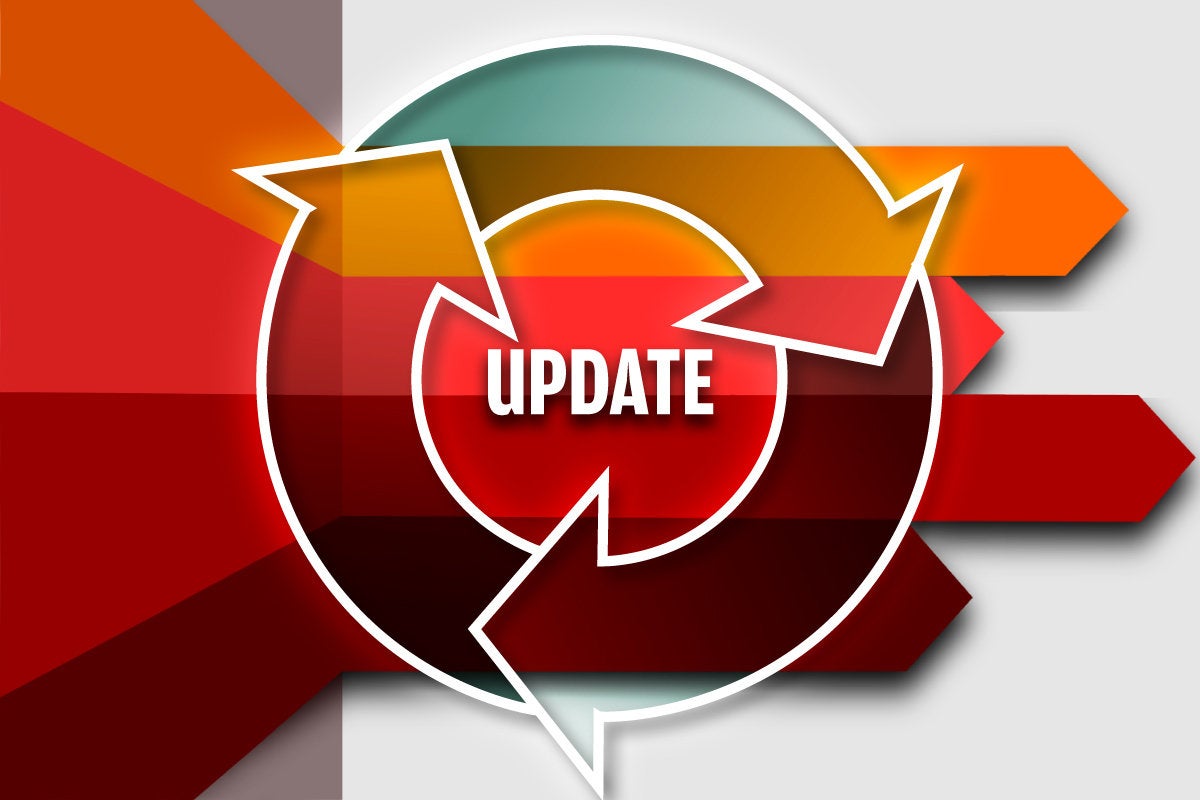Among the various changes that Windows 10 brought to desktop environments, perhaps none has been as profound as its changes to basic update mechanisms. Introduced in 2016, Microsoft’s Unified Update Platform (UUP) applies to the Windows Update service that delivers Windows updates, including via Windows Update for Business (WUB), Windows Server Update Services (WSUS), and Microsoft Configuration Manager (ConfigMgr), as well as for Windows 10 and 11 instances that use the built-in Windows Update facility.
Thus, UUP is worth digging into, because understanding it reveals how Windows updates work, where they can go wrong, and how to fix them.
What is UUP?
The Unified Update Platform is a method for delivering updates to all devices that run Windows-based OSes — PCs, tablets, servers, IoT devices, and more — from a single update platform. It covers everything from monthly quality updates to annual feature updates to Windows Insider preview builds.
The impetus for UUP came from user feedback about how Windows Update would benefit from reducing consumption of local processing resources to improve battery life, and for download sizes to be smaller to complete more quickly and consume less bandwidth. Thus, UUP is best understood as a technique designed to limit the size of individual downloads. (UUP does many, many small downloads as it runs.)
To accomplish this, Windows Update scans your PC’s component store and packages up only those update files that need to be applied to your system. Instead of downloading the same monolithic download file to every device, it downloads only those files for the target system for which updates are available.
The UUP architecture explained
Microsoft Learn offers plenty of documentation about UUP. “Get started with Windows Update” in particular is a terrific source. It describes how UUP works to enable Windows clients to find, download, install, or roll back Windows updates. The architecture diagram from that article helps put its pieces and parts into perspective, as shown in Figure 1.
Figure 1: The UUP architecture diagram, in three columns.
The way to read this diagram is to see it as three columns (though all the upgrade and update elements are shared, except at the bottom). Column 1 names various components in the UUP architecture. Column 2 specifies elements related to client upgrades for Windows; Column 3 does likewise for client updates.
(For the record, an upgrade involves a change in the leading digits of a Windows build number, while an update involves a change in the trailing digits of a Windows build number. For example, all Windows 11 21H1 builds take the form 22000.xxxx, while all Windows 11 22H2 builds are numbered 22621.xxxx — thus, when Microsoft releases a new version of the OS each fall, that’s an upgrade. On the other hand, the March 2023 cumulative update for Windows 11 22H2 took it from Build 22621.1344 to Build 22621.1413 — that’s an…
2023-05-01 23:00:04
Post from www.computerworld.com
